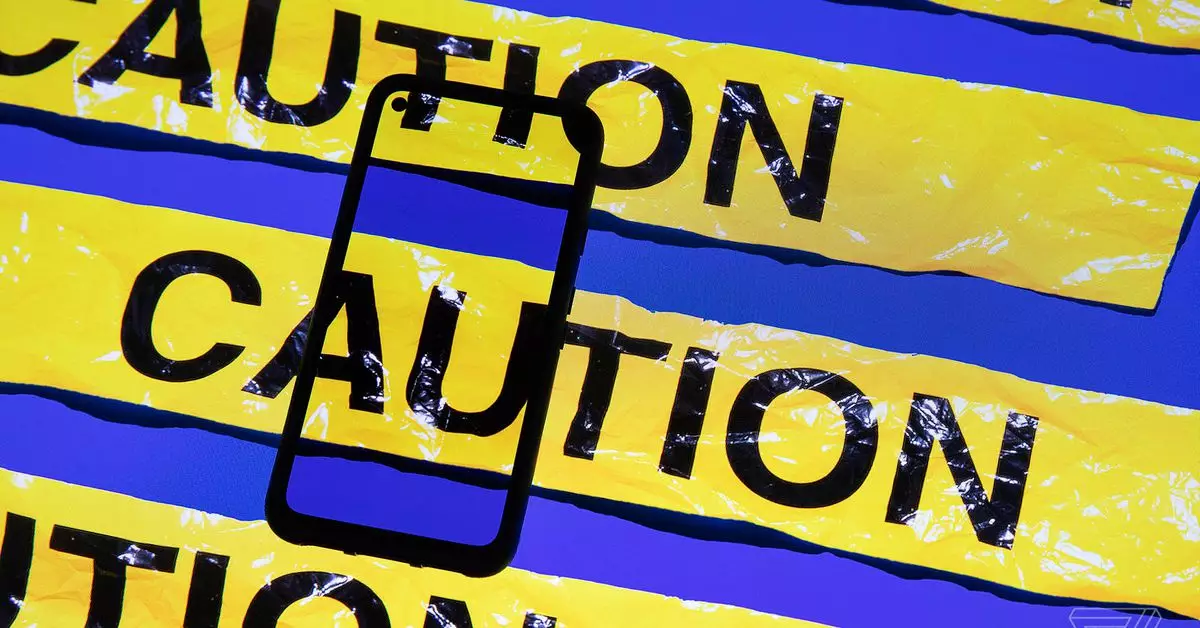The Federal Communications Commission (FCC) has recently put forth a proposal aimed at regulating the use of artificial intelligence in robocalls. As a means to combat fraudulent activities and scams, the FCC is considering new rules that would require robocallers to disclose their use of AI technology during phone calls and text messages.
The FCC’s proposal is a step in the right direction towards protecting consumers from potential harm caused by AI-generated robocalls. By requiring robocallers to disclose their use of AI technology, individuals can make more informed decisions regarding the calls they receive. This transparency could potentially reduce the number of fraudulent robocalls that plague individuals on a daily basis.
While the FCC’s proposal is commendable, there are potential limitations that may arise. One concern is the enforcement of these regulations. How will the FCC ensure that robocallers comply with the disclosure requirements? Without strict enforcement measures in place, the effectiveness of these regulations may be limited. Additionally, there is a possibility that some robocallers may find loopholes in the regulations to continue their fraudulent activities.
It is encouraging to see that the FCC is considering exceptions for individuals with speech and hearing disabilities who use AI-generated voice software to communicate on outbound phone calls. This demonstrates a commitment to inclusivity and accessibility for all individuals. However, it is crucial that these exceptions are clearly defined to prevent any misuse of the regulations.
The FCC’s proposal on regulating AI-generated robocalls is a positive step towards combating fraudulent activities and protecting consumers. However, there are potential limitations that need to be addressed, such as enforcement measures and loopholes in the regulations. It is important for the FCC to continue to engage with stakeholders and gather feedback to ensure that these regulations are effective in reducing the harm caused by robocalls.


Leave a Reply